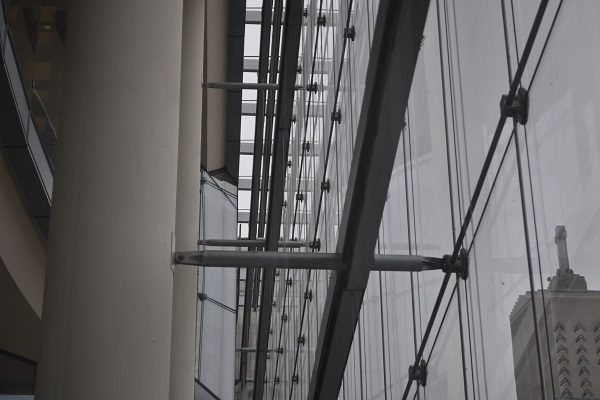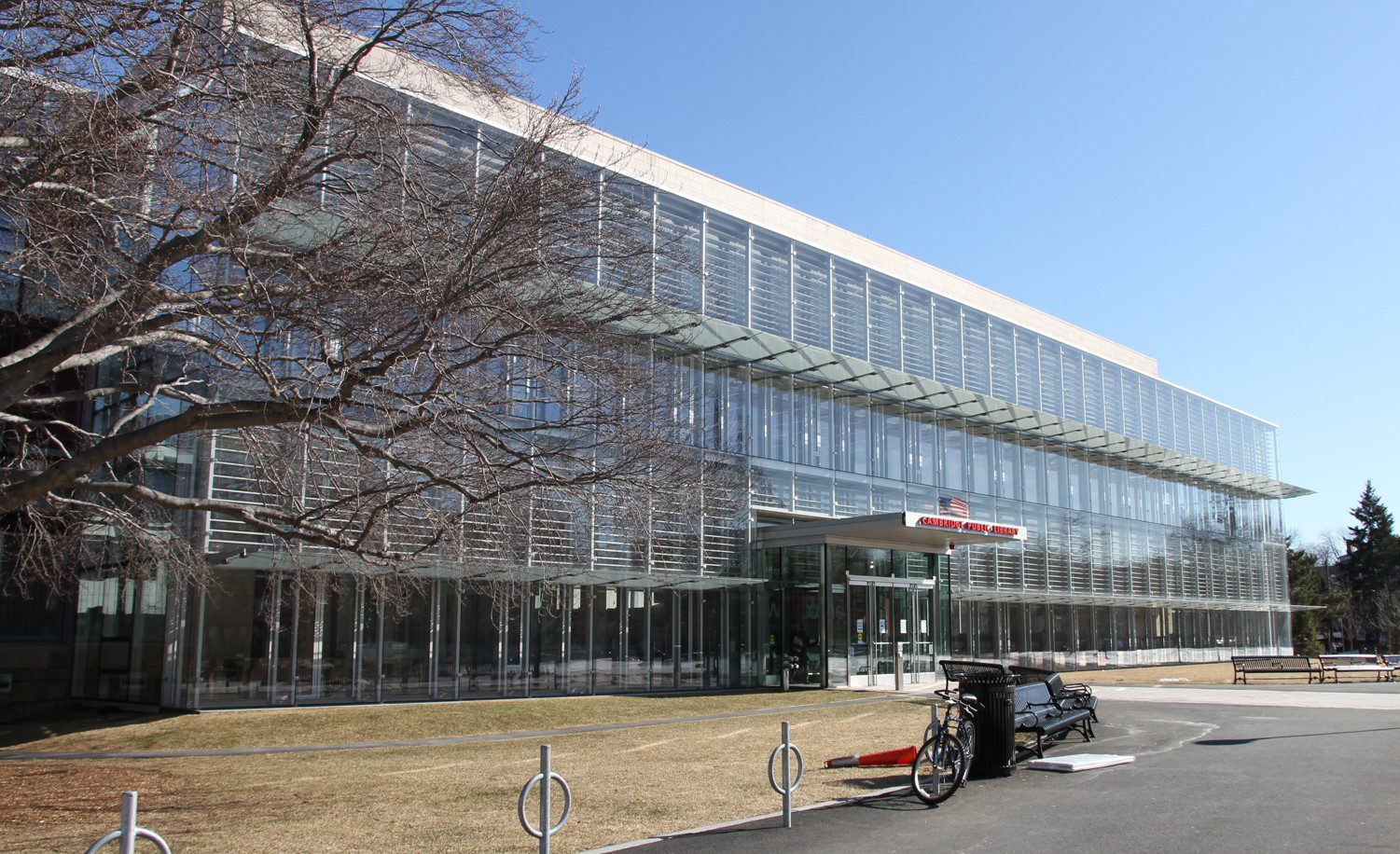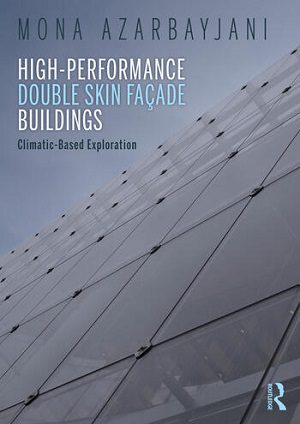Professor’s New Book Evaluates Performance of Double Skin Façade Buildings

A new book by Associate Professor of Architecture Mona Azarbayjani, High-Performance Double Skin Façade Buildings: Climatic-Based Exploration, provides the first systematic assessment of the operational performance of double-skin façade technology in buildings in the United States.
In developed countries, commercial buildings account for a significant amount of energy consumption – some 40% of energy use in the United States, for example. As energy-saving responses to climate change become imperative, architects and engineers continue to develop new approaches to building design and construction that reduce negative impacts on the environment.
Double-skin facades developed in Europe several decades ago as a way to both save energy and augment access to natural light and ventilation. The design incorporates two “skins” or exterior surfaces – both glass – with space in between for air circulation and, if desired, blinds or some sort of shading device. The air gap in between the two façades acts as insulation. The technology has been widely used in Europe, but sparingly in the United States, although it is gaining popularity.
 Cambridge Public Library, an example of double-skin facade construction in Cambridge, Massachusetts.
Cambridge Public Library, an example of double-skin facade construction in Cambridge, Massachusetts.
To achieve sustainability goals, it is important for high-performance buildings to have tools to evaluate a design’s performance once it is in operation. High-Performance Double Skin Façade Buildings: Climatic-Based Exploration gives architects a practical guide to analyze and asses the real-life performance of double skin façade buildings in different climatic contexts.
“What I wanted to do was to look at the actual performance and compare it to the energy models and see how they perform in different conditions,” Azarbayjani said. “There was no actual evidence of how they were doing, so I looked at all different kinds of climatic situations.
 In her book, Azarbayjani first describes different types of double-skin façade construction and explains how the technology works. She then presents case studies of eight buildings in North America (seven in the U.S. and one in Canada), interviewing the buildings’ architects, engineers, owners, and users to create a comprehensive picture of the effectiveness of double-skin façade technology in across different climate conditions.
In her book, Azarbayjani first describes different types of double-skin façade construction and explains how the technology works. She then presents case studies of eight buildings in North America (seven in the U.S. and one in Canada), interviewing the buildings’ architects, engineers, owners, and users to create a comprehensive picture of the effectiveness of double-skin façade technology in across different climate conditions.
“In cold climates, they perform quite well – as well as predicted,” she said. “The issue is that they don’t perform as well in the hot, humid conditions in the summer months.”
Her book also looks ahead to “give some clues about the next generations of façades,” she said.
“I was also trying to focus on the façades of the future. What’s next?”